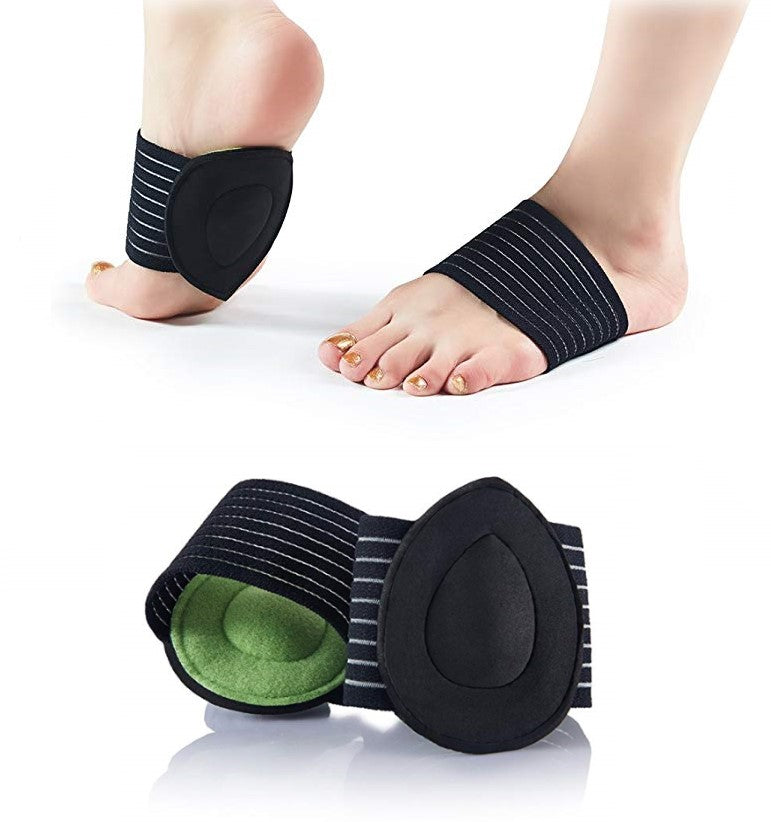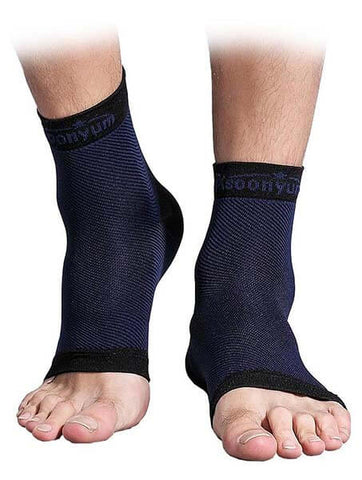


We have compiled a list of our 10 best flat feet exercises you can do yourself easily at home to help relieve some of the painful symptoms associated with the condition.īest Exercises For Flat Feet and Fallen ArchesĪrch strengthening exercises for flat feet can help reduce some of the discomfort you may be experiencing and could even improve your posture in the long run. This condition can cause pain and discomfort in some people as the arch of the foot plays a crucial role in body alignment and posture, therefore an absence of the arch can disrupt this balance. Individuals with flat feet either have low arches or no arch or curvature around the inner side of the sole of their foot when they stand, the sole of their foot often makes complete contact with the ground. Not only that, but many athletes find properly designed Custom Orthotics will improve balance during sports, and also allow them to be on their feet longer, with less fatigue.Flat feet, also known as fallen arches, are a postural deformity which affect the arches of the feet. Custom Orthotics are both corrective (will fix existing issues), but also preventative – ensuring future conditions do not surface as a result of having flat feet. Doing this encourages a positive bio-mechanical form, eliminating the negative impacts of having Flat Feet. This is due to the bio-mechanical relationship between one’s feet and how it impacts their walking form.Ĭustom Orthotics that are designed to correct Flat Feet introduce an arch to one’s feet, moving the foot into the position it would have been with a properly developed arch. While an individual may have the diagnosis of flat feet, the negative impacts of it can take time to surface, which includes poor balance, accelerated fatigue of the legs and pain that can affect the feet, ankles, calves, knees and lower back. It is the result of a collapsing of the inner-arch of the feet, or complete lack of development of the arch during the growth years of the body (often caused by genetic factors).

Flat feet (medically known as Pes Planus) is said to affect 20-30% of the population.


 0 kommentar(er)
0 kommentar(er)
